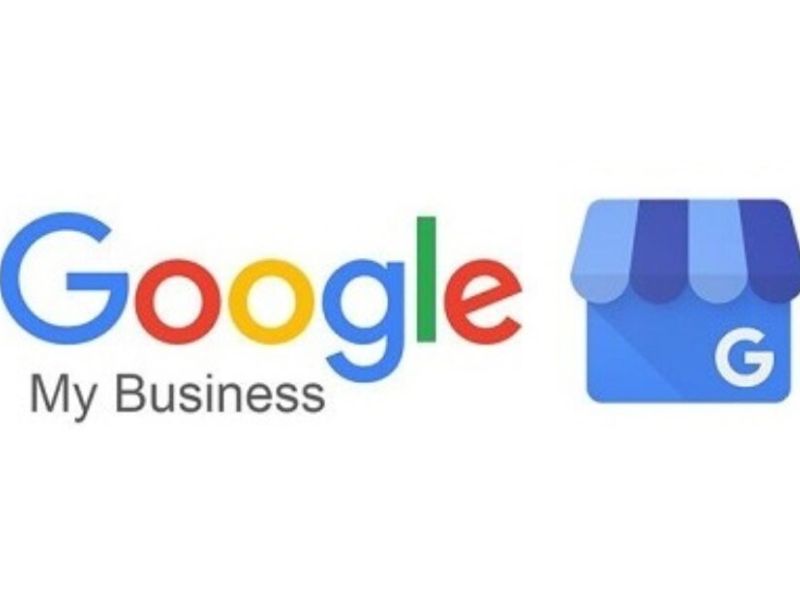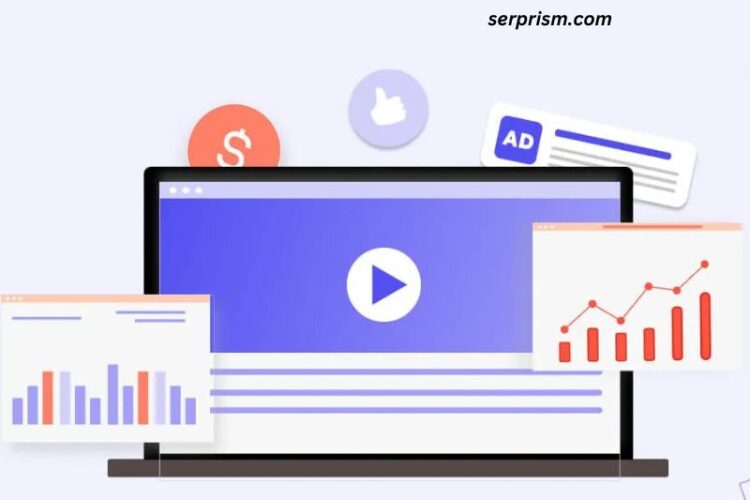
In an ever-evolving digital landscape, Google continues to make significant changes to its suite of tools designed to help businesses reach their customers. Among these changes, one recent and notable development is the discontinuation of the Google My Business Call Reporting feature. This feature has been instrumental for local businesses in tracking phone call interactions with customers, helping businesses optimize their marketing strategies, improve customer service, and measure the effectiveness of their Google My Business (GMB) profile. However, with its removal, businesses now face a shift in how they manage and analyze customer communication.
What Is Google My Business Call Reporting?
Before diving into the details of its discontinuation, it’s important to understand what Google My Business Call Reporting was and why it was so valuable.
Google My Business is a free tool that allows businesses to manage their online presence across Google’s platform, including Search and Maps. One of the key features of GMB was Call Reporting, which enabled business owners to track phone calls originating from their GMB listings. By leveraging a unique tracking phone number, Google would record calls made to a business and offer analytics about call frequency, duration, and times, helping businesses understand their customer engagement better.
Call Reporting offered insights such as:
- Call Details: Information about the calls, including the duration, time of the call, and frequency, helped businesses identify peak call times and assess the overall demand for their services.
- Customer Insights: Call reporting also provided valuable data on customer behavior. Understanding whether calls were answered or missed allowed businesses to optimize their customer support strategy.
- Campaign Effectiveness: For businesses that ran marketing campaigns via Google Ads or organic Google Search, knowing how many calls came directly from their GMB listing helped gauge the effectiveness of these campaigns.
While businesses had other ways of tracking calls—such as using external call tracking platforms—the integration of call tracking within GMB provided a streamlined approach that many small and local businesses found accessible and helpful.
Why Is Google Removing Call Reporting?
The discontinuation of Google My Business Call Reporting comes as part of a broader shift toward a more integrated experience within the Google ecosystem. Specifically, this change ties into the migration from Google My Business to Google Business Profile (GBP). Over the past few years, Google has been phasing out the GMB platform, replacing it with GBP, which offers businesses a more seamless, straightforward experience in managing their online presence.
The decision to remove Call Reporting likely reflects Google’s efforts to simplify the user experience, unify features across its various platforms, and push businesses to adopt other, more integrated tools within the Google ecosystem, such as Google Ads and Google Analytics. Here are a few possible reasons why Google has opted to discontinue the call reporting feature:
1. Focus on Google Business Profile (GBP)
With the transition to Google Business Profile, the company is consolidating features into a more streamlined platform. The new GBP interface integrates with Google Maps and Search in a way that allows businesses to interact with customers more easily. Google may have felt that call reporting would be redundant in the context of other reporting tools, such as Google Analytics and Google Ads, which already offer detailed tracking and reporting of customer interactions.
2. Integration with Google Ads and Analytics
Google offers businesses a wide array of data collection tools beyond GMB and GBP, particularly through Google Ads and Google Analytics. Both of these tools have the capability to track call conversions, customer interactions, and online activity with more precision and depth than GMB. Google may have decided that businesses should rely on these more robust platforms for call tracking, which already have the infrastructure to support more detailed reporting.
3. Shift Toward AI-Driven Solutions
Google’s focus has increasingly been on leveraging artificial intelligence (AI) and machine learning to provide insights to business owners. Many of these insights are now integrated into Google’s smart tools like Google Ads’ automated bidding system, Google Analytics’ predictive metrics, and the recommendations provided in Google Business Profile. Call reporting may no longer fit into this AI-driven approach.
4. Cost-Cutting Measures
Maintaining features like call reporting involves technical infrastructure, including setting up call forwarding systems and tracking technologies. It’s possible that Google has determined that the cost of maintaining these features outweighs the benefits, particularly given that alternative options are available for businesses through Google Ads and third-party call tracking services.
What Does This Mean for Local Businesses?
The discontinuation of Call Reporting is a major change for businesses, particularly those that relied heavily on it for tracking customer interactions and improving their marketing efforts. Here are the implications:
1. Loss of Key Insights
For many local businesses, Google My Business Call Reporting was one of the easiest ways to gather insights on customer behavior. Losing access to this data means that businesses will have to find alternative methods to track and evaluate their calls. While Google provides other reporting features through Google Ads and Analytics, the transition may require some learning and adaptation, particularly for businesses that aren’t accustomed to those tools.
2. Increased Dependence on Google Ads for Call Tracking
For businesses that rely on phone calls to drive sales, Google Ads now becomes the main platform to track call conversions. Google Ads has a call extension feature, which allows businesses to track calls that result from ads, but it’s crucial to understand that this requires a paid campaign. For businesses on a tight budget, the lack of free call reporting through GMB means they might need to reconsider how they allocate marketing spend.
3. External Call Tracking Solutions
In light of this change, local businesses may need to turn to third-party call tracking solutions. Many platforms, such as CallRail, CallTrackingMetrics, and others, offer call tracking and analytics tools that are more advanced than what was available through GMB. These tools provide detailed insights into call volume, source, and duration and can integrate with CRM systems and other marketing platforms to create a complete picture of customer interactions. However, these services often come with additional costs, which can be a barrier for smaller businesses.
4. Reliance on Google Analytics for Conversion Tracking
Google Analytics has long been a powerful tool for businesses to track website interactions, but it also offers conversion tracking capabilities that can monitor phone call conversions, especially when integrated with Google Ads. The shift away from GMB’s call reporting means that more businesses will have to turn to Google Analytics for comprehensive reporting. While Google Analytics is free, it does require setup and understanding to fully leverage its capabilities.
5. The Need for Adaptation
Businesses will need to adapt to this change by adopting new tools and strategies to track and analyze their customer interactions. Learning to use Google Ads, Google Analytics, and third-party call tracking services will be crucial for businesses looking to replace the lost functionality of GMB’s call reporting. The transition will require some time and effort, particularly for small businesses without dedicated marketing staff.
Alternatives to Google My Business Call Reporting
As businesses navigate the discontinuation of Call Reporting, several alternatives can fill the gap:
1. Google Ads Call Extensions
For businesses running paid Google Ads campaigns, the Call Extensions feature allows you to track calls made directly from ads. This is a paid feature and requires an active ad campaign, but it provides an easy way to track phone call conversions from your advertising efforts.
2. Google Analytics Conversion Tracking
For those who are familiar with Google Analytics, setting up phone call conversion tracking using tools like Google Tag Manager is a valuable alternative. By setting up specific event tracking on your website’s phone number or using a call tracking platform, you can track calls that result from online activity.
3. Third-Party Call Tracking Tools
There are various third-party services that specialize in call tracking, such as CallRail, Twilio, and CallTrackingMetrics. These services offer detailed reporting on call volume, duration, sources, and more, and many offer integrations with Google Analytics, Google Ads, and CRM platforms.
Conclusion
The removal of Google My Business Call Reporting marks the end of an era for local businesses that relied on the feature for customer insights and marketing performance tracking. While the change may feel disruptive at first, it presents an opportunity for businesses to explore alternative call tracking solutions, including Google Ads, Google Analytics, and third-party call tracking platforms.
Though this transition may require some adjustment, businesses that are proactive in adopting new tools and strategies will continue to thrive in an increasingly digital-first marketplace. The key is to stay informed, adapt, and make the most of the powerful data tools available through Google’s ecosystem and other third-party solutions.



